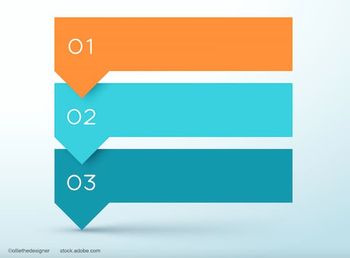
Secondary piggyback IOL successful option
When faced with a postcataract surgery refractive surprise, implanting a secondary piggyback IOL can be a successful option with careful attention to selecting appropriate candidates, IOL model, and power calculation technique, said Warren E. Hill, MD, a private practitioner, Mesa, AZ.
When faced with a postcataract surgery refractive surprise, implanting a secondary piggyback IOL can be a successful option with careful attention to selecting appropriate candidates, IOL model, and power calculation technique, said Warren E. Hill, MD, a private practitioner, Mesa, AZ.
Three requirements must be satisfied for an eye to be considered for a secondary piggyback. First, the primary IOL needs to completely be within the capsular bag. Second, there must be satisfactory room for the piggyback lens, and third, the primary IOL should not have a strongly positive shape factor with a steep anterior radius, which would make the secondary IOL prone to interact with the posterior iris or be displaced to the side, Dr. Hill said.
Power calculation for the piggyback IOL is an axial length independent calculation that depends on careful manifest refraction. Various techniques can be used. For eyes with hyperopic errors up to 7 D, the spherical equivalent (SE) can be multiplied by 1.5. In the case of myopic errors of up to –7 D, the SE can be adjusted by a factor of 1.3. In eyes with a power surprise outside the ±7 D range, or if increased accuracy is sought, surgeons can use the Holladay R formula or the refractive vergence formula.
In the United States, the preferred implants for piggybacking are the low-profile, 3-piece silicone IOLs (AQ-5010V or AQ-2010V, STAAR Surgical).
"As an important caveat, unless there is a large amount of space between the iris and the primary IOL, avoid using 3-piece acrylic implants, as they may interact with the posterior iris because of the semitacky nature of the acrylic material and square, truncated edges," Dr. Hill said.
Newsletter
Don’t miss out—get Ophthalmology Times updates on the latest clinical advancements and expert interviews, straight to your inbox.














































.png)


